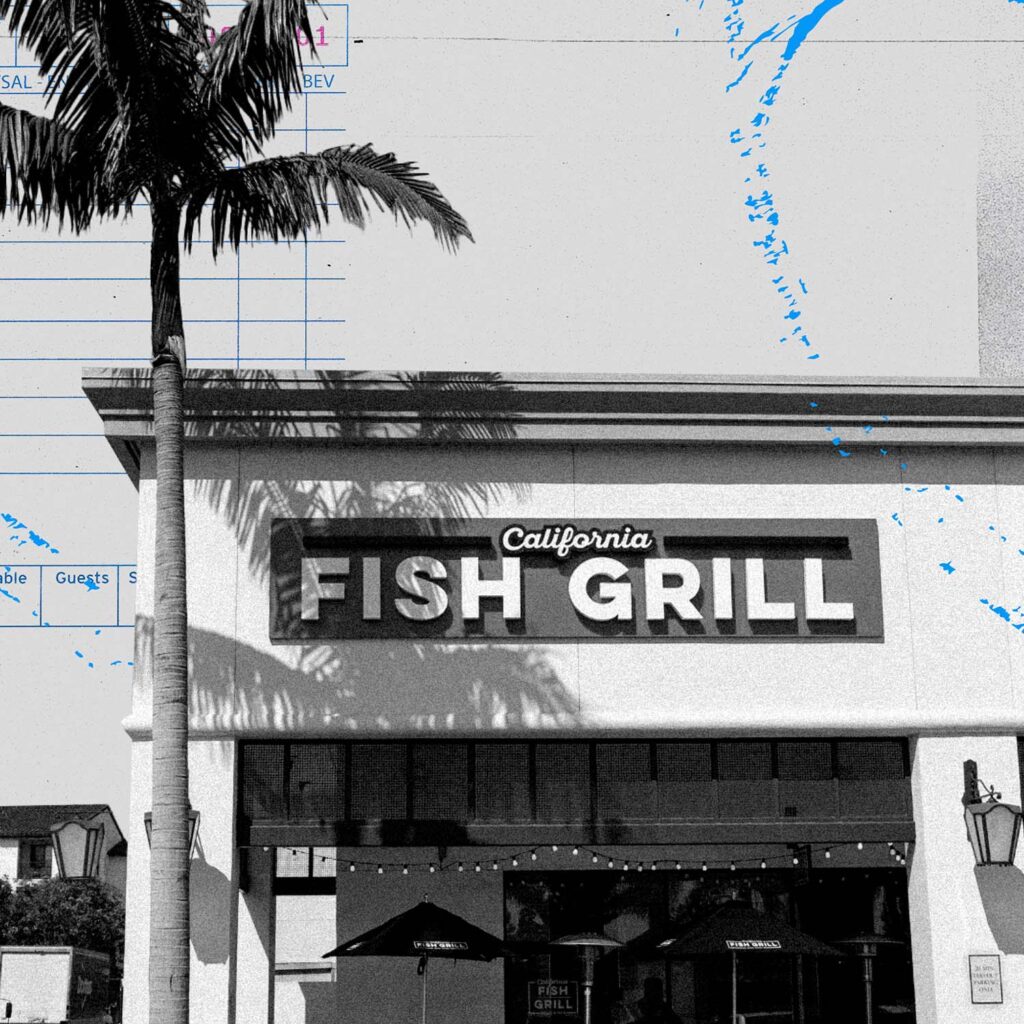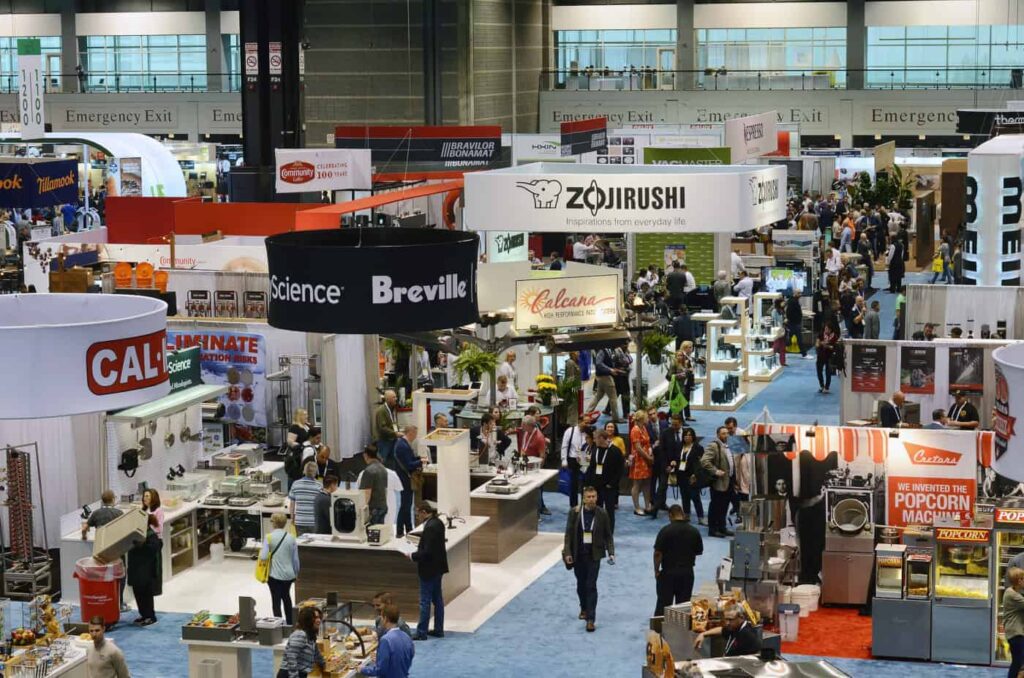There are currently more than 3,000 Federal, State, and local tax credits, however, we’ll focus on three major tax credits that are the most relevant to the restaurant industry. Most of these tax credits incentivize you to hire individuals from certain target groups; or to relocate and/or expand in opportunity zones or economically disadvantaged areas; or invest in a particular activity; or to provide help if you’re encountering distress due to national disasters, hurricanes, wildfires or COVID-19. These credits are designed to help businesses thrive in economically challenging times.
The tax credits usually used by restaurants, are the Work Opportunity Tax Credit (WOTC), the CARES Act legislation tax credits, FICA tax credits, and disaster credits.
What is a tax credit relative to hiring or investment?
Unlike a deduction, a tax credit is a direct reduction in your tax liability. A tax credit is an incentive to entice businesses to conduct certain hiring and/or investment activities such as:
- Hiring individuals from certain groups that face high employment
- Hiring or investing in economically disadvantaged areas
- Investing in a particular activity
- Retaining employees after natural disasters and other events
Do you qualify for CARES Act legislation credits?
Many businesses that have been severely impacted by COVID-19 qualify for new employer tax credits – the Employee Retention Credit (ERC) – under the Coronavirus Aid, Relief, and Economic Security (CARES) Act. Many restaurant operators relate the CARES Act with the Paycheck Protection Program (PPP). Both the Employee Retention Credit and the PPP are designed to help you retain employees; however, the major distinction is that the PPP is a loan and the ERC is a credit. ERC eligibility and qualified wages are based on either a COVID-related government shutdown order or a material business decline.
Please note that if you received a PPP loan, you are not eligible for the Employee Retention Credit at this time, but there is pending legislation to allow you to benefit from both programs.
Employee Retention Credit
The Employee Retention Credit (ERC) provides economic relief in the form of tax credits claimed against the employee and employer portion of Social Security taxes if your restaurant business was impacted by COVID-19. It is a refundable tax credit against selected employment taxes equal to 50 percent of the qualified wages paid to employees by your eligible restaurant business from March 13, 2020 through December 31, 2020. Immediate access to the credit is available by reducing employment tax deposits you would otherwise be required to make. In addition, if your employment tax deposits are not enough to cover the credit, you may be able to get an advance payment from the IRS.
Wages (including certain health plan costs) up to $10,000 for each employee can be counted to determine the amount of the 50 percent credit. In simple terms, say you continued to pay wages and health benefits to your workers, despite the mandated closure, you could be eligible to receive a payroll tax credit of up to $5,000 per employee. The credit can apply to wages already paid after March 12, 2020. This means that you may get access to this credit by reducing impending deposits or asking for an advance credit using Form 7200, Advance of Employer Credits Due To COVID-19.
To be eligible for the credit, you must have operated a business during calendar year 2020 and experienced either:
- Full or partial suspension of operation of your business operation during any calendar quarter because of governmental orders limiting commerce, travel, or group meetings due to COVID-19, OR
- A significant decline in gross receipts
Update, March 15, 2023: The ERC was extended under the COVID pandemic for 2021, undergoing significant changes. You can read about those changes here.
Although the ERC has since expired, qualified restaurants can still retroactively receive claims if they have yet to file them for their 2023 and 2024 taxes.
Work Opportunity Tax Credit
The Work Opportunity Tax Credit (WOTC) is a hiring credit. It is available to your restaurant business for hiring individuals from certain targeted groups who have faced barriers to employment.
WOTC incentivizes workplace diversity and facilitates access to good jobs for American workers. Approximately 20 to 30% of employees in the restaurant industry are eligible and the average credit is around $1,300. You can take this credit year after year, so this can add up to significant dollars to your restaurant on an ongoing basis. WOTC is authorized through December 31, 2025.
WOTC Targeted Groups
WOTC targeted groups include: 1) Qualified IV-A recipient; 2) Qualified veteran; 3) Qualified ex-felon; 4) Designated community resident; 5) Vocational rehabilitation referral; 6) Recipient of SNAP benefits (food stamps); 7) Supplemental Security Income (SSI) recipient; 8) Long-term family assistance recipient; and 9) Qualified long-term unemployment recipient.
The tax credit amount varies by targeted group. For example, the tax credit for a disabled/unemployed veteran can be up to $9,600, while the credit for an ex-felon is up to $2,400.
FICA Tip Tax Credit
The FICA tip credit is a tax credit available to restaurant owners since 1993. Restaurants can claim the FICA tip credit to obtain financial relief by offsetting the federal income tax against the share of employment taxes they pay on tip income reported by their employees. The credit is calculated based on the employer’s portion of FICA taxes paid on tip income exceeding the federal minimum wage of $5.15. Automatic service charges cannot be used to determine the credit as they are not considered tips. Any unused credit can be carried forward up to 20 years.
Disaster Credits
There are also many federal and state disaster relief incentives allowing you to take employee tax credits if your restaurant was affected by a natural disaster. For example, if your restaurant business lost revenue, products, or inadequate shift coverage because of one of the California wildfires in 2017 or 2018, you may be eligible to earn up to $2,400 for each employee. There are similar relief programs for Hurricanes Harvey, Irma, Maria Florence and Michael, as well as for the severe storms, tornadoes and flooding in the Midwest during 2018 and 2019.
Synergi Partners offers a complimentary analysis to determine if you’re eligible for any of these disaster tax credits and how much your business is eligible to receive, with the objective is maximizing the credit. In one case, after Hurricane Florence, Synergi Partners was able to get nearly $276,050 in employee tax credits for a fast food restaurant in South Carolina with 247 employees when the restaurant was forced to shut down for two days. For a resort in South Carolina with 1,200 employees, Synergi was able to find more than $2,128,033 million in employee tax credits.
Conclusion
The IRS estimates that one in every five employees makes you eligible for a tax credit. If you’d like to see if your restaurant business is eligible, get a complimentary analysis from Synergi Partners by contacting us.
The tax credit screening forms are integrated in the electronic employee new hire checklist in Restaurant365 Payroll + HR software. Employees complete the forms online, which is the first step in determining if you’re eligible for a tax credit.
R365 Payroll + HR makes it easy for you to hire, onboard, pay, and support your workforce, and is integrated with the Restaurant365 all-in-one, restaurant specific platform that includes restaurant accounting, restaurant operations, inventory management and scheduling. Request a free demo today.



